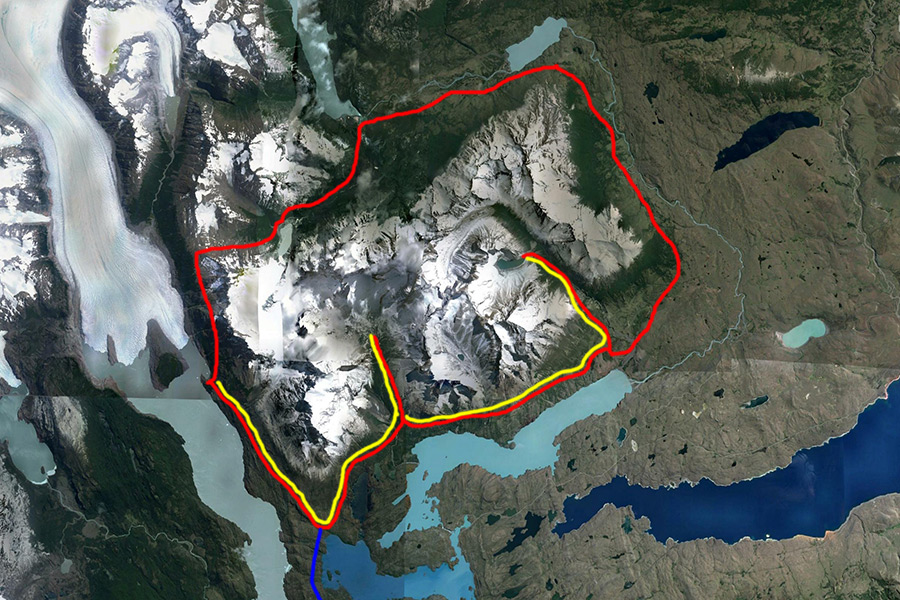TORRES DEL PAINE NATIONAL PARK, a UNESCO Biosphere Reserve contains rugged granite peaks, windswept grasslands, intimidating ice fields, and glacially-fed rivers and lakes. Perhaps more than anywhere else in Patagonia, it has a convenient setup for trekkers of every budget and mindset, with an extensive trail system and routes from one-day outings to Las Torres to multi-day treks around the Paine Massif.
While it’s easy to find online information about the must-see places in Torres del Paine, it gets trickier when it comes to actual advice that makes your trip easier and ultimately more successful. So here are a few important tidbits you may not find elsewhere online to help you plan your trip.






